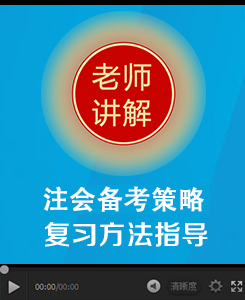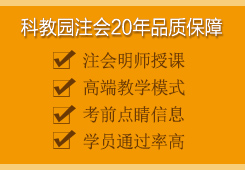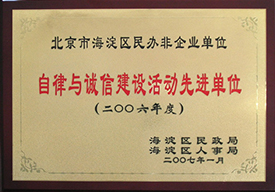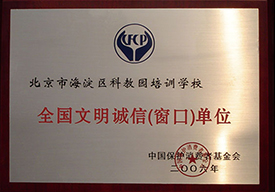我们在我们的劳动过程中学习思考,劳动的结果,我们认识了世界的奥妙,于是我们就真正来改变生活了。 作者:高尔基 科教园注册会计师培训班暑期强化集训班招生火热进行中,我们建议考生参加辅导班,面授课程将改变你的学习状态。
Accounts Payable: Sales: Accounts Payable divided by Annual Sales, measuring the speed with which a company pays vendors relative to sales. Numbers higher than typical industry ratios suggest that the company is using suppliers to float operations.
Assets: Sales: Total Assets divided by Net Sales, indicating whether a company is handling too high a volume of sales in relation to investment. Very low percentages relative to industry norms might indicate overly conservative sales efforts or poor sales management.
Current Liabilities: Inventory: Current Liabilities divided by Inventory: A high ratio, relative to industry norms, suggests over-reliance on unsold goods to finance operations.
Current Liabilities: Net Worth: Current Liabilities divided by Net Worth, reflecting a level of security for creditors. The larger the ratio relative to industry norms, the less security there is for creditors.
Current Ratio: Current Assets divided by Current Liabilities, measuring current assets available to cover current liabilities, a test of near-term solvency. The ratio indicates to what extent cash on hand and disposable assets are enough to pay off near term liabilities.
Fixed Assets: Net Worth: Fixed Assets divided by Net Worth. High ratios relative to the industry can indicate low working capital or high levels of debt.
Gross Profit: Sales: Pre-tax profits divided by Annual Sales. This is the profit ratio before product and sales costs, as well as taxes. This ratio can indicate the “play” in other expenses which could be adjusted to increase the Net Profit margin.
Net Profit: Sales: After tax profits divided by Annual Sales. This is the key profit ratio, indicating how much is put in the company's pocket for each $100 of sales.
Quick Ratio: Cash plus Accounts Receivable, divided by Current Liabilities, indicating liquid assets available to cover current debt. Also known as the Acid Ratio. This is a harsher version of the Current Ratio, which balances short-term liabilities against cash and liquid instruments.
Return on Assets: Net After Tax Profit divided by Total Assets, a critical indicator of profitability. Companies which use their assets efficiently will tend to show a ratio higher than the industry norm.
Return on Net Worth: Net After Tax Profit divided by Net Worth, this is the 'final measure' of profitability to evaluate overall return. This ratio measures return relative to investment in the company. Put another way, Return on Net Worth indicates how well a company leverages the investment in it.
Return on Sales: Net After Tax Profit divided by Annual Net Sales, indicating the level of profit from each dollar of sales. This ratio can be used as a predictor of the company's ability to withstand changes in prices or market conditions.
Sales: Inventory: Annual Net Sales divided by Inventory value. This gives a picture of how quickly inventory turns over. Ratios below the industry norm suggest high levels of inventory. High ratios could indicate product levels insufficient to satisfy demand in a timely manner.
Sales: Net Working Capital: Sales divided by Net Working Capital (current assets minus current liabilities)。 Ratios higher than industry norms may indicate a strain on available liquid assets, while low ratios may suggest too much liquidity.
Total Liabilities: Net Worth: Total liabilities divided by Net Worth. This ratio helps to clarify the impact of long-term debt, which can be seen by comparing this ratio with Current Liabilities: Net Worth. Creditors are concerned to the extent that total liability levels exceed Net Worth. The impact of long-term debt
Turnover Ratios: Sales divided by various line items (cash, accounts receivable, accounts payable, inventory, current assets, total assets, fixed assets)。 These turnover rations measure operating characteristics of firms. Higher is better for Asset line items. Lower is better for Accounts Payable Turnover. Turnover ratios create a series of operating efficiency indicators relative to sales.
科教园2012年注册会计师暑期强化班(新教材集训班)
注册会计师培训暑期强化班7月23日-8月29日开始在京举行:
财管7月23日—7月28日
会计7月30日—8月04日
审计8月06日—8月11日
税法8月13日—8月17日
经济法8月19日—8月23日
公管8月25日—8月29日
科教园2012注会辅导班报名热线:400-810-2468













